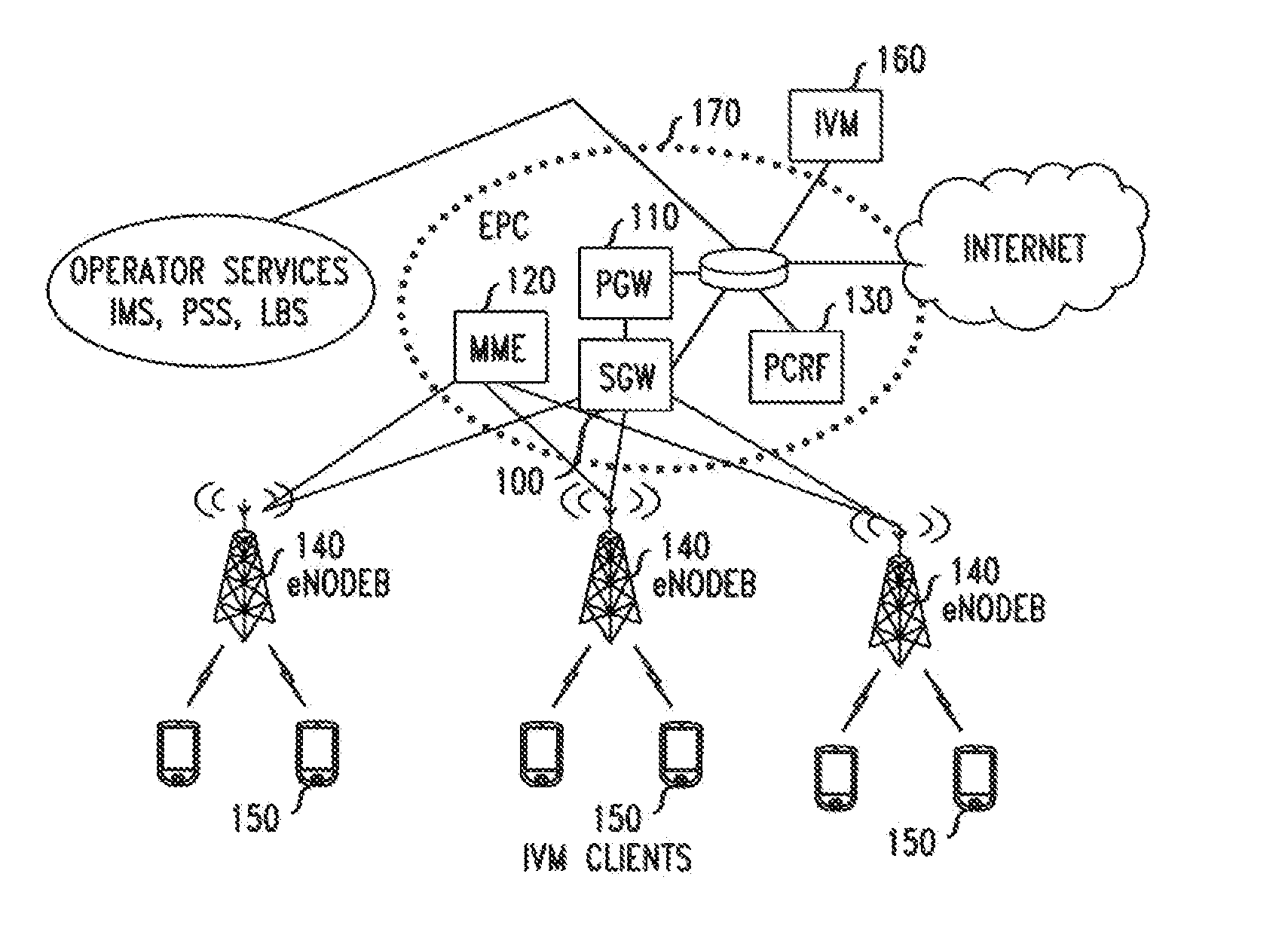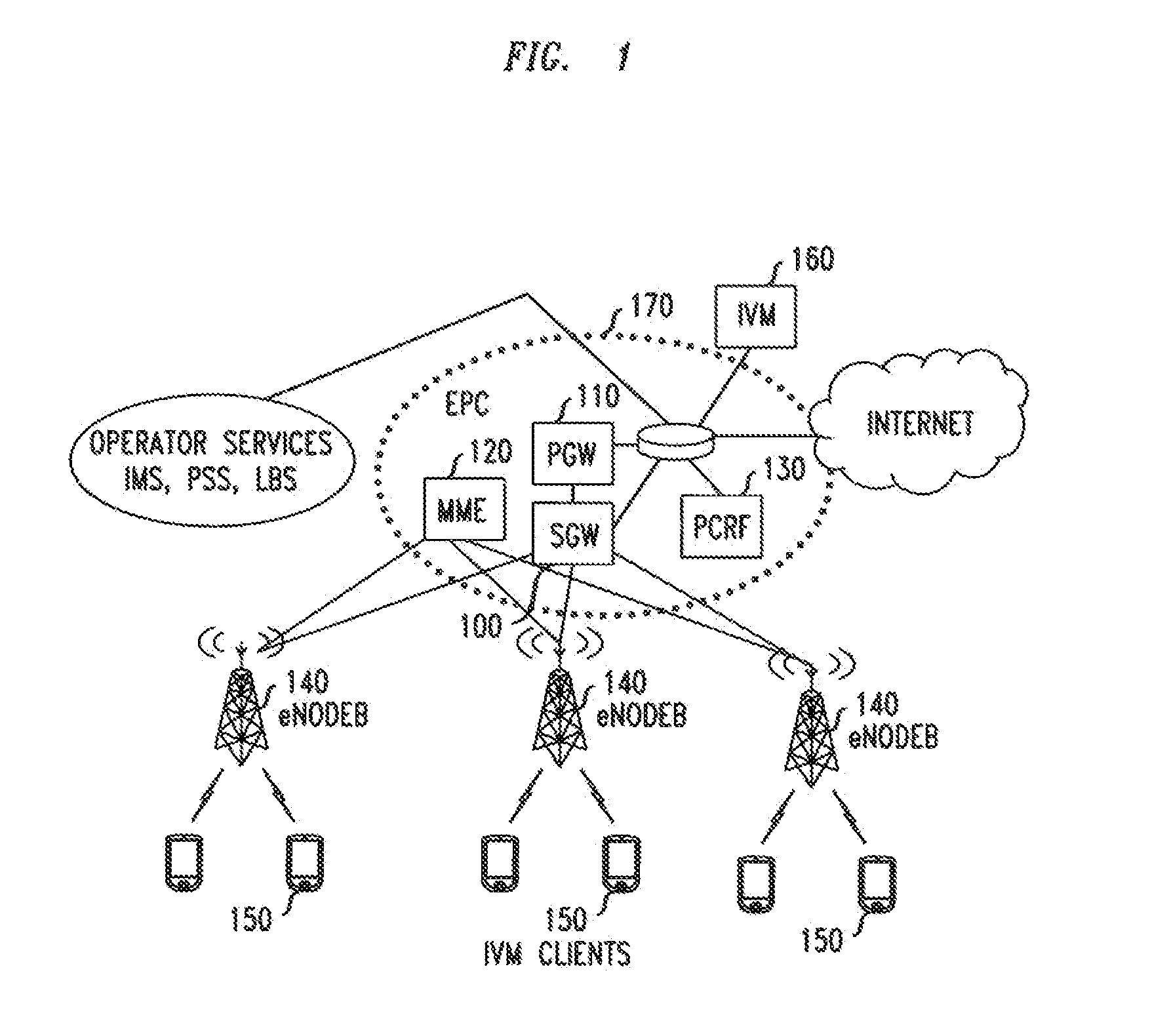Method Of Opportunity-Based Transmission Of Wireless Video
a wireless video and opportunity-based technology, applied in the field of opportunity-based transmission of wireless video, can solve the problems of contention, limited resources, and scarceness, and achieve the effects of reducing current bandwidth requirements, efficient video signal transportation, and high quality
- Summary
- Abstract
- Description
- Claims
- Application Information
AI Technical Summary
Benefits of technology
Problems solved by technology
Method used
Image
Examples
Embodiment Construction
[0012]As will be apparent from the foregoing discussion, our method can be used in a video streaming application. The user can stream video from a mobile device to peers in real time at lower quality when the network is experiencing high usage. The remaining video layers that are not sent in real time are sent later so that the reconstructed high quality video can be stored in the recipients' personal storage.
[0013]Accordingly, the later-sent video layers are transmitted at a time which is at least partially independent of the time of the initial transmission. That is, the timing of the later transmission is not completely determined by the timing of the initial transmission, as would be the case if, e.g., the transmissions were required to be concurrent or juxtaposed in time. Instead, the timing of the later transmission is determined, at least in part, by at least one factor that is independent of the timing of the initial transmission. Such a factor may be, for example, an indica...
PUM
 Login to View More
Login to View More Abstract
Description
Claims
Application Information
 Login to View More
Login to View More - R&D
- Intellectual Property
- Life Sciences
- Materials
- Tech Scout
- Unparalleled Data Quality
- Higher Quality Content
- 60% Fewer Hallucinations
Browse by: Latest US Patents, China's latest patents, Technical Efficacy Thesaurus, Application Domain, Technology Topic, Popular Technical Reports.
© 2025 PatSnap. All rights reserved.Legal|Privacy policy|Modern Slavery Act Transparency Statement|Sitemap|About US| Contact US: help@patsnap.com



